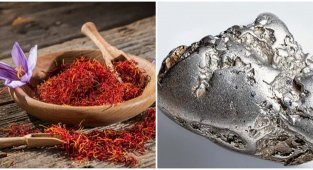Fans of unconventional methods of treatment endow this plant with almost miraculous abilities. It has been proven that tincture of ginseng rhizome actually has the ability to enhance immunity. But is the fabulous cost of this natural stimulant justified? 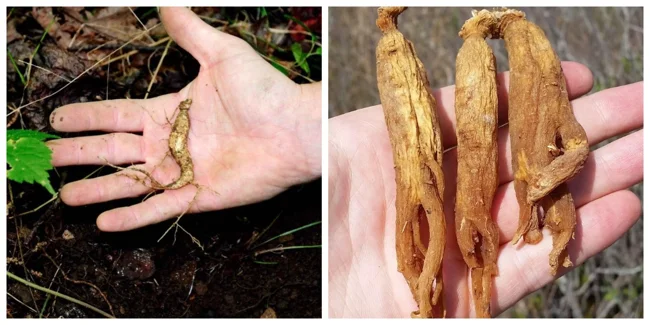
Our preparations based on this root are quite inexpensive. But natural ginseng is very expensive. In Asian countries, where people sincerely believe in traditional medicine, the price of a root can reach several thousand dollars. Plus, ginseng is also used as a seasoning for meat dishes. And the dried crushed root can increase in price up to 4 thousand dollars per kilogram.
Cedar's satellite 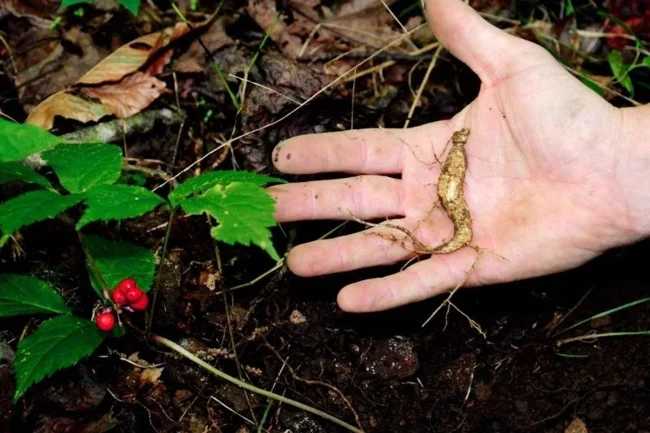
The Chinese have an ancient legend about the origin of the plant: it appeared after a lightning strike on a rock, in the crevice of which this miracle was born, preserving the energy and forces of the elements.
Ginseng is a real long-liver. The average age of extracted roots exceeds fifty years. It is extremely rare, but it is possible to obtain rhizomes that are more than 300 years old! 
Yes, age is healthy and cool. But does it justify the cost? First of all, there are fewer and fewer wild crops. Due to high demand, wild ginseng reserves were practically exhausted in the last century. And very slow growth does not allow for rapid replenishment of losses.
In our taiga there are still protected places where ginseng feels good - cedar forests. And in Asia, where the plant is especially in demand, there are practically no such habitats left.
Domestic and wild 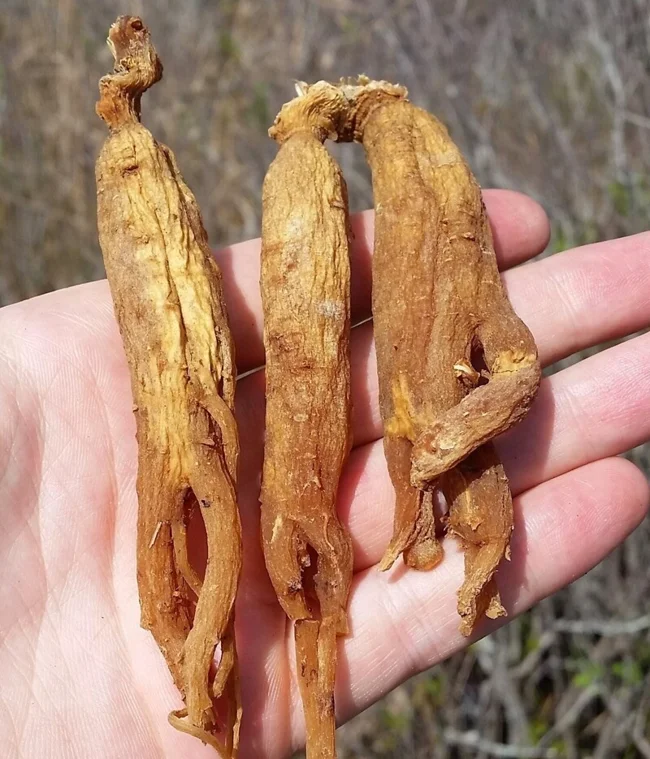
Demand creates supply. And any plant can be grown, so to speak, at home. This is how special farms appeared, but their products are significantly inferior to wild ones. For the reason that some of the healing agents are initially lost. Plus, the filling of fertilizers also has an effect. Even if farmers do not abuse their application, they are still contained in the soil. Thus, farmed ginseng costs much less - tens of dollars, but is also significantly inferior in quality to its wild counterpart.
Investing in roots 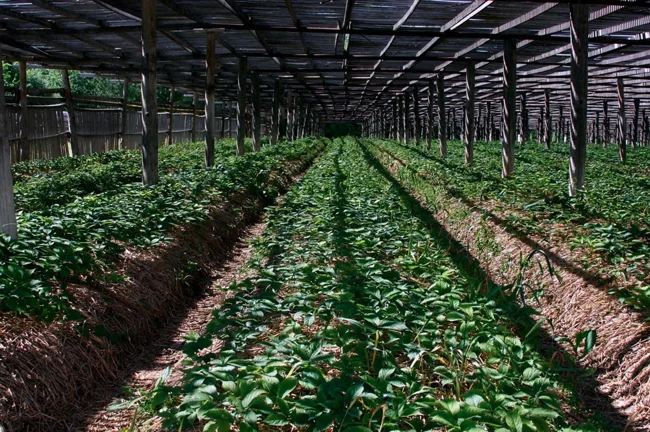
Ginseng plantation
However, enterprising Chinese and Korean farmers have found a way out of the situation: they find suitable areas in nature and use them to plant ginseng.
Profitable? Yes, in the future. In reality, it is a high-risk investment. Some seeds simply will not germinate. A certain percentage of the roots will be eaten by small animals. 
The earliest date for collecting roots after planting is 8 years. The raw material will cost about $200 per kilogram. Accordingly, not everyone will be able to invest resources in such long-term projects. And those peasants who manage to grow a wonderful plant are in no hurry to sell it. After all, its price increases every year, and it is better to wait until the miracle of nature rises in price.
Do you believe in the miraculous power of ginseng?
0 comments
